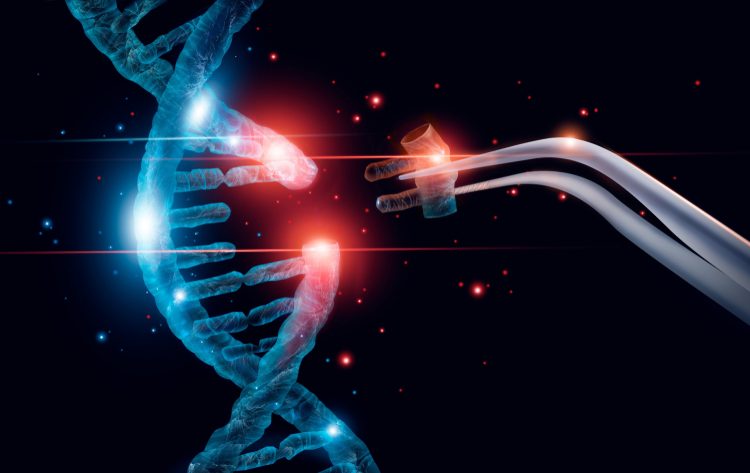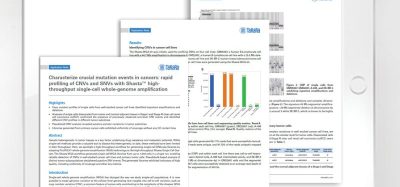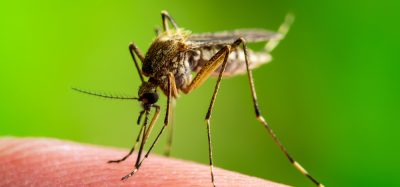Prenatal editing halts progression of Hurler syndrome in pre-clinical model
Posted: 14 July 2021 | Anna Begley (Drug Target Review) | No comments yet
US researchers used an AAV9 vector to edit a single base mutation in a prenatal mouse model, halting progression of Hurler syndrome.


Researchers at the Children’s Hospital of Philadelphia (CHOP), US, have used DNA base editing in a prenatal mouse model to correct a lysosomal storage disease known as Hurler syndrome. The disease, also known as Mucopolysaccharidosis Type I (MPS-IH), begins before birth and affect multiple organs, with the potential to cause death in childhood if untreated. Using an adenine base editor delivered in an adeno-associated viral vector (AAV), the researchers corrected the single base mutation responsible for the disease.
The research team used CRISPR based editing to convert mutated adenine to guanine in a MPS-IH mouse model. They then used an AAV serotype 9 (AAV9) vector to deliver the base editor to a foetal mouse model. They found that prenatally treated mice demonstrated increased survival and improvement of metabolic, skeletal and cardiac disease. Notably, the team observed corrected cells not only in the liver but also in the heart, thereby demonstrating the treatment was effective in multiple organs.
“This study shows that prenatal base editing for Hurler syndrome is feasible in a preclinical mouse model,” said senior author William Peranteau. “In addition to showing the benefit of treating the disease before birth, we also showed some correction of the disease with base editing after birth, highlighting the promise of both pre- and postnatal base editing for Hurler syndrome.”
Biomarkers aren’t just supporting drug discovery – they’re driving it
FREE market report
From smarter trials to faster insights, this report unpacks the science, strategy and real-world impact behind the next generation of precision therapies.
What you’ll unlock:
- How biomarkers are guiding dose selection and early efficacy decisions in complex trials
- Why multi-omics, liquid biopsy and digital tools are redefining the discovery process
- What makes lab data regulatory-ready and why alignment matters from day one
Explore how biomarkers are shaping early drug development
Access the full report – it’s free!
To assess the feasibility of the treatment after birth, the team tested the approach in 10-week-old MPS-IH mice and discovered efficient on-target editing in the heart and liver, implying cardiac improvement. While control models with the disease displayed cardiac decline between four and six months, sometimes resulting in death, postnatally treated mice demonstrated cardiac disease at four months, however the progression slowed between four to six months. Similar to the treated prenatal mice, none of the mice treated after birth died by the end of the study.
“Given the prenatal onset of disease, the potential for non-invasive prenatal diagnosis, and the progressive and morbid nature of the disease, Hurler syndrome and other lysosomal storage represent attractive targets for treatment before birth,” Peranteau continued. “Although the safety of these approaches for mothers and foetuses still needs to be rigorously characterised prior to clinical translation, this proof-of-concept study offers hope for genetic diseases with limited postnatal treatments.”
The study was published in Nature Communications.
Related topics
CRISPR, Disease Research, DNA, Gene Therapy, Genetic Analysis, Genome Editing, Genomics, In Vivo
Related conditions
Hurler disease
Related organisations
Children's Hospital of Philadelphia (CHOP)
Related people
William Peranteau








